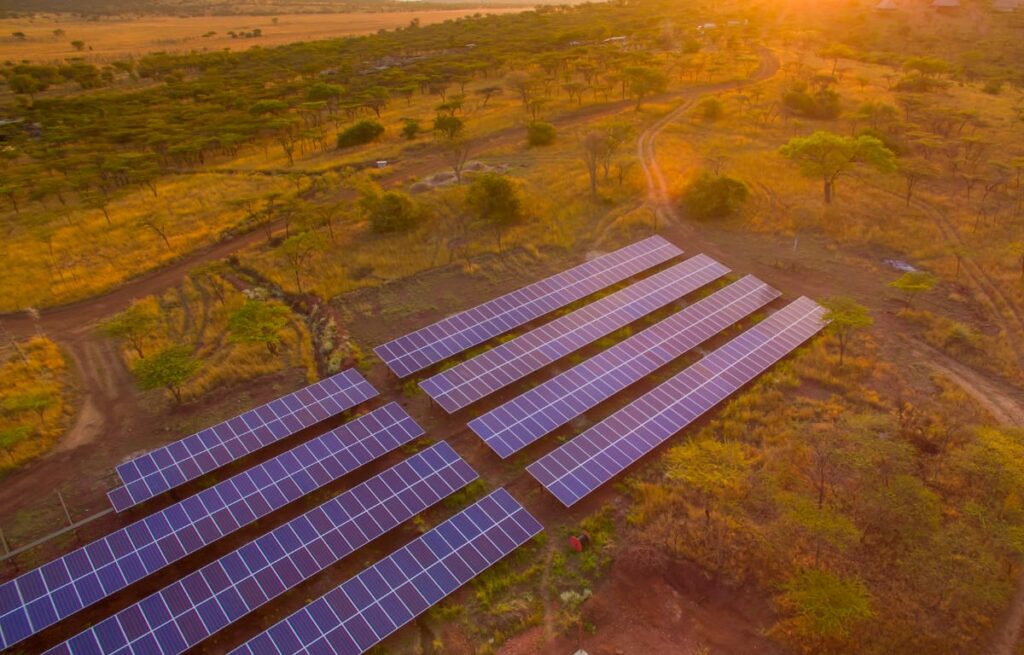
Global warming is real. No, this is not a myth. Its effects have increasingly been felt around the globe in the last few decades. Scientists are noticing increasing temperatures in some regions of India, a shift in the cyclonic seasons in tropical areas, and an alarming rise in the risk of floods in various areas around the world. While the past few decades have seen the rise of an unimaginable number of advancements in the health, transportation, technological sectors, and much more, offering an undeniable amount of benefits, what price are we paying for these improvements in the long term?
The science and latest news about global warming can be overwhelming, and playing the blame game will not solve anything. Instead of worrying about the ‘who’, we should instead start educating ourselves and consider what changes we can make to lessen our individual impact on the environment and slow down the effects of global warming.
A greenhouse operates by using glass or plastic sheeting to allow sunlight to enter the structure where plants can absorb them to create food. The heat energy generated by the plants is then trapped by the greenhouse structure to keep the environment warm. Similarly, the term ‘greenhouse gas’ refers to any gas which has the propriety of absorbing infrared radiation or heat energy emitted by the earth and reflecting it back to the globe’s surface.
However, while the greenhouse effect might be beneficial at a small scale for plants, the same principle when applied to the earth can be disastrous. By preventing the heat emitted from the earth to escape into space, greenhouse gases are trapping the outgoing heat in the atmosphere and increasingly warming the earth. These gases consist mainly of carbon dioxide and carbon monoxide, but also include methane, nitrous oxides, chlorofluorocarbons, and much more.

As carbon dioxide and monoxide are among the largest causes of global warming, the Carbon Footprint refers to the total amount of greenhouse gases emitted during the production, life, and end-life of a product or system. A large part of an individual’s carbon footprint is usually allocated to transportation, housing, and nutrition.
While the average carbon footprint for an individual in America is around 16 tonnes, the highest in the world, carbon emission per capita in other areas of the world is usually around 4 tonnes. As the temperature of the earth’s atmosphere is slowly increasing, scientists have established that to avoid a rise of over 2°C, the average global footprint should decrease to under 2 tonnes by 2050.
While decreasing the global carbon footprint may not happen overnight, there are some big and small changes that you can implement in your day-to-day life to lessen your impact on global warming and the environment. The journey to zero-emission requires daily decisions and changes which are well within our reach. While making such a shift may seem daunting or uncomfortable, here are a few solutions and tips to get you started on this road:
Most of the electricity used to power our homes and businesses nowadays comes from the combustion of fossil fuels such as coal. When burnt, these elements are broken down to release heat energy which is, in turn, converted into electricity. However, this process also causes a massive amount of carbon dioxide and other harmful gases to be released into the atmosphere, fueling the greenhouse effect.
While wind or hydro energy may be hard to harness in urban settings, solar panels are a long-awaited alternative to fossil fuels. By installing photovoltaic panels and the proper equipment on your house or business, you can easily produce your own electricity from the sun and reduce or even altogether avoid your reliance on the utility grid and its fossil-based energy. As the sun shines down on your solar panels, energy from the sun is absorbed by the photovoltaic cells and converted into electricity. This electricity is then passed through an inverter which converts the Direct Current into an Alternating Current, usually used for household appliances.

Solar panels allow you to power your home or business without producing any carbon emissions. The electricity produced can be stocked in batteries for off-grid systems, or the excess produced can also be sold back to the utility grid for those with on-grid systems, meaning households that produce their own energy but remain connected to the main grid as a backup.
Similarly, the use of diesel or gasoline used in combustion engines of most cars daily releases a huge amount of carbon dioxide, monoxide, nitrous oxides, and more toxic gases that may be dangerous for health and the environment. Switching to an electric car could greatly reduce your carbon footprint as they do not release any tailpipe emissions. Electric vehicles have also been associated with better performance, lower maintenance, and a decrease in expenses as it is no longer required to purchase fuel.

However, electric transportation is not entirely flawless yet as the process required to produce the electricity that powers the vehicles may still rely on fossil fuel energy. This is highly dependent on the energy production methods of your locality. As an increasing number of countries are now moving towards renewable energy sources, electric vehicles remain a major step in the right direction.
Solar water heaters are also found among some of the top renewable energy solutions to decrease your emission. Studies by the Environmental and Energy Study Institute in 2006 have estimated that using a single solar water heater for a period of 20 years could prevent the emission of over 50 tonnes of carbon dioxide compared to an electric or a gas water heater. With millions of households worldwide already equipped with solar heaters, it is only a matter of time before the rest of the world catches on.

Operating from the same system as your home photovoltaic panels, a solar water pump uses energy from the sun converted into electricity by the solar panels to pull the water from the tanks and into your house. As they save natural resources such as gas and oil, solar water pumps also benefit the environment by reducing household or business emissions.

While this might be an unfamiliar concept to most, a solar fridge is a great thing to consider when trying to reduce your impact on the environment. Refrigerators are among the most significant energy-consuming appliances in a household. Cooling and conserving food products at very cold temperatures requires a huge quantity of power.
If you are looking to lessen your carbon footprint, driving your traditional vehicle less is always a good idea. Instead, try to use a bicycle or public transportation whenever possible. While public buses are not always considered the environmentally cleanest way of traveling, they still significantly reduce our carbon footprint as they allow multiple people to fit in one vehicle instead of each taking their own. In the same optic, carpooling to work, outings, and parties is also a good way to reduce your emission.
Time to pull the plug. The idea that your appliances can stay plugged in and not use any energy is a myth. A significant share of the total electricity used in a household can actually be allocated to appliances, not in use. In addition, a surprising amount of around 2 tonnes of excess carbon dioxide emission has also been allocated to appliances left on standby. While this may seem like a nice initiative to reduce your power consumption, the standby mode actually uses around 90% of the normal power used by the device. Research from the Energy Saving Trust (EST) has found that 75% of people usually waste high amounts of electricity simply by leaving appliances on permanent standby and chargeable devices plugged in.
Switching to LED light bulbs for your home or business can demonstrate a slight improvement in the carbon footprint generated by lighting. Using only about 80% of the electricity required to power a traditional light bulb, trading up for LED lights means that less electricity will need to be produced.

Whether through farming, agriculture, processing, or transportation, all food generates greenhouse gases to reach our homes. The real issue lies in the wastage of that food. Studies have found that about a third of all our food ends up being thrown away. In addition to the emission released before the food reaches our plates, decomposition when discarded food rots is also a major source of carbon gases. An article by Kelly Oakes for BBC News has highlighted that if food waste could be completely stopped, we would already reduce about 8% of our global emissions.
While moving to reduce your impact on greenhouse gases and climate change may seem daunting, there are multiple simple steps that you can take in the right direction. To further help in this shift, most governments also offer grants or facilities to encourage more people to adopt renewable energy solutions. Sometimes all it takes to implement these changes toward a better environment is to ask yourself, ‘What can I do better today?’
If you are ready to answer this question, contact us at GadgetroniX, and let’s find the energy solutions that work best for you.
